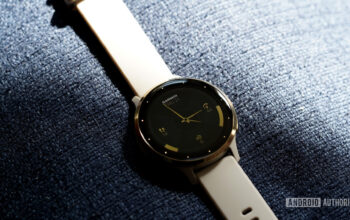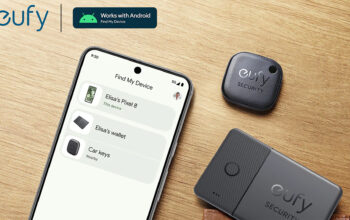There’s always the possibility that you’ll misplace your phone, or drop it in water and lose everything. Thankfully, there are plenty of ways to backup Android devices, ensuring that even if something happens to your phone, you won’t lose all those embarrassing photos of your kids you were going to show at their 21st birthday.
Whether through Google, a third-party app, or your computer, there are multiple ways to back up phones to ensure you never find yourself in a situation where you lose data.
About World Backup Day
As the title mentions, today is World Backup Day! It’s now considered a bit of a holiday in the tech industry. More importantly, it serves as a yearly reminder to make sure we keep all our important files safe in case anything goes wrong with our hardware.
Hardware will eventually fail. It’s not a matter of “if,” but “when.” Stuff happens, and though it hurts to see an expensive tech gadget fail, that’s not often what hurts most. The files we store on our devices are often much more valuable than any gadget. So every March 31, we try to remind you to backup Android devices, as well as any other computers or tablets you hold essential data in.
The World Backup Day tradition started in 2011. It’s said to have sprouted from a Reddit post, which told the story of a Redditor who lost his hard drive and wished someone had reminded him to make a backup. Ismail Jadun founded World Backup Day soon after the incident.
Now that you know all about World Backup Day and we’ve reminded you to keep your files nice and safe, let’s celebrate and show you how to backup Android devices.
QUICK ANSWER
Backup Android devices using Google One by going to Settings > Google > Backup and toggling on Backup by Google One. You can tap on Back up now if you don’t want to wait for your phone to update automatically.
JUMP TO KEY SECTIONS
Editor’s note: All steps in this article were put together using a Pixel 7 Pro running Android 13 and a custom PC running Windows 11. Remember, steps might differ depending on your device and software.
How to backup your Android phone with Google
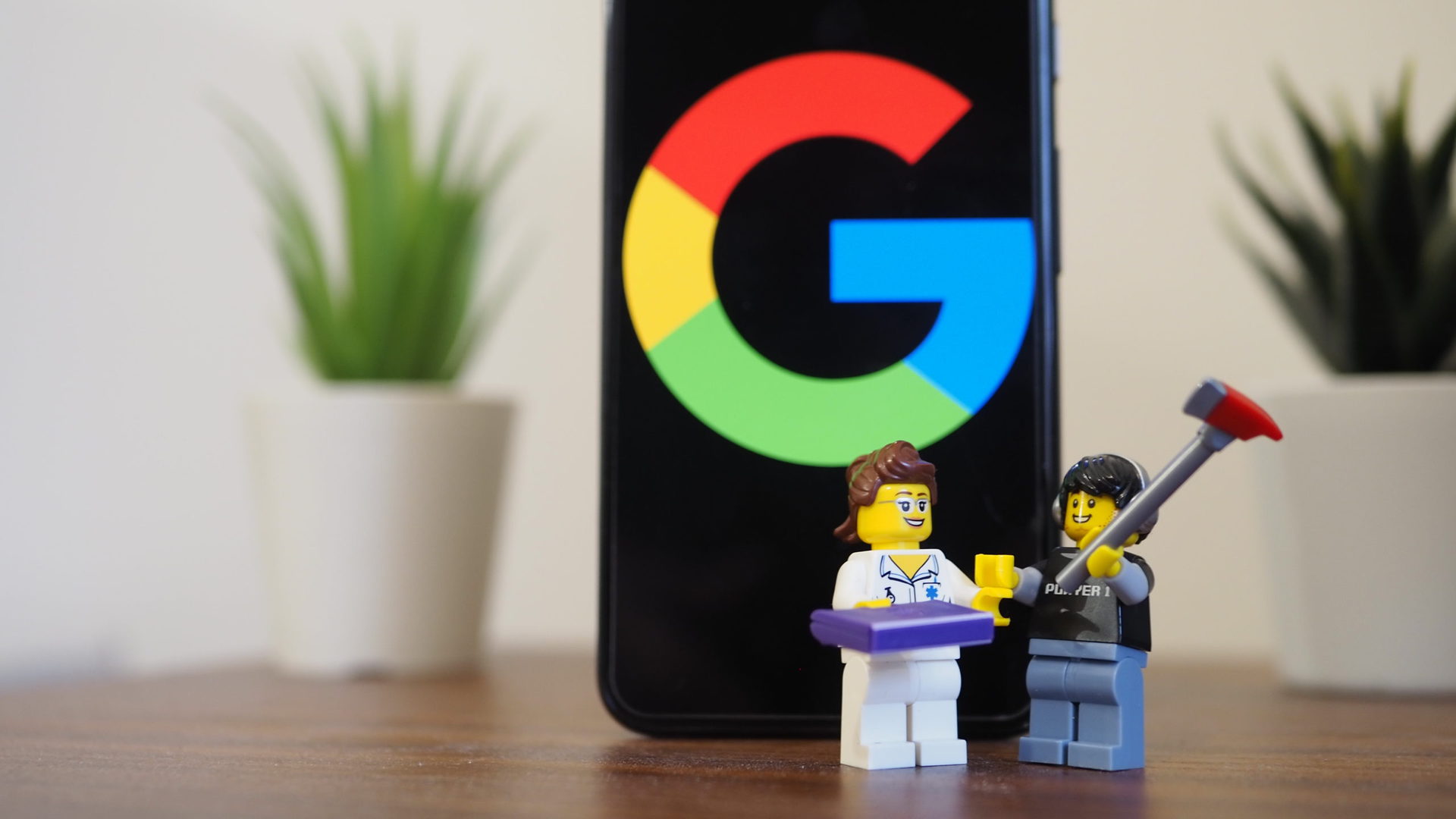
Rita El Khoury / Android Authority
Backing up most of your data is pretty easy with Google, and it has gotten far easier over the past few years. Unfortunately, there isn’t yet a one-stop backup method for Android phones through Google. You’ll have to use different Google services to backup different data types.
Photos and videos
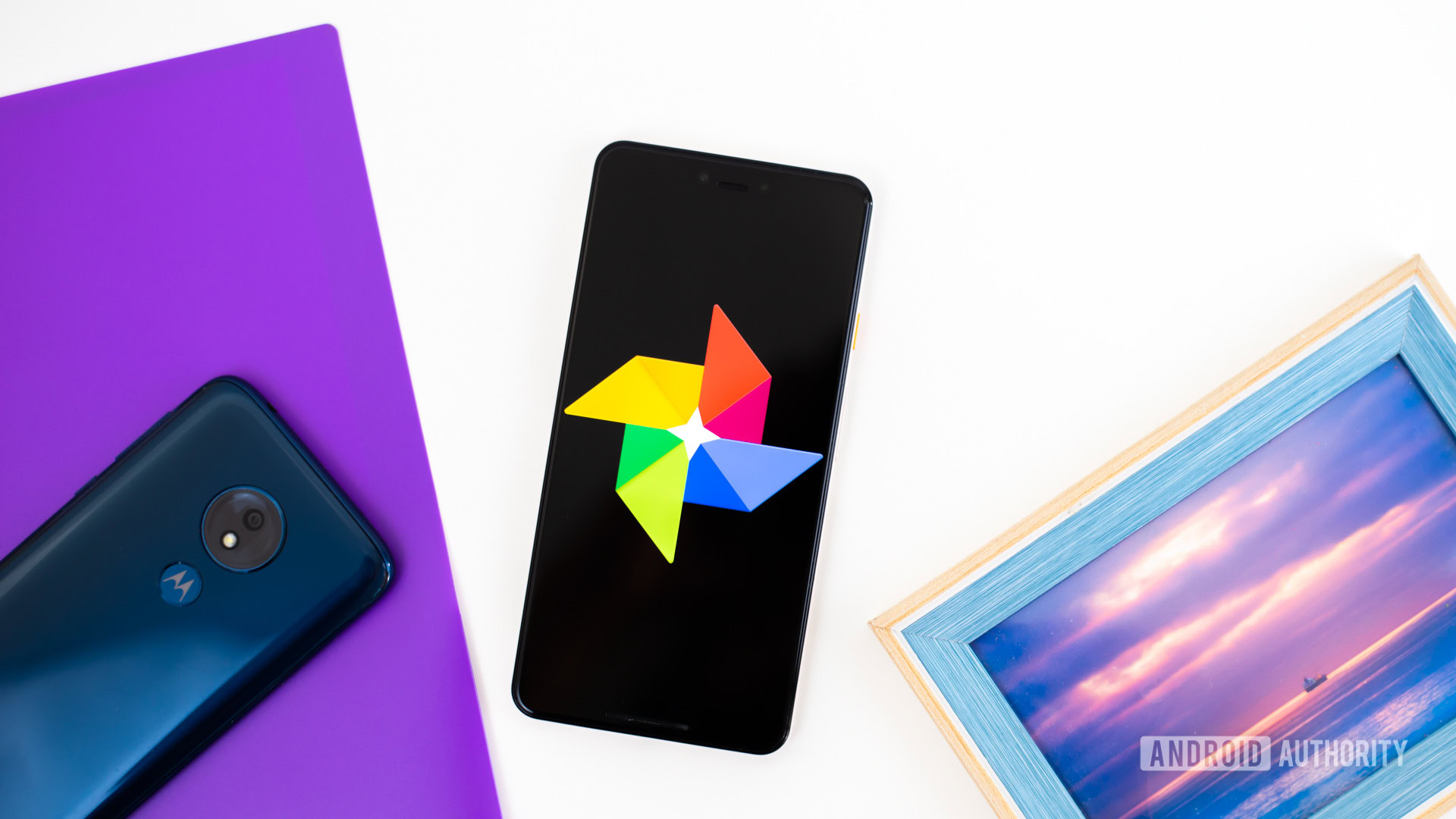
Edgar Cervantes / Android Authority
If you’re not already using Google Photos, you should be. The service automatically backs up every photo and video you take to the cloud, so you’ll never have to backup your media manually. If the Photos app isn’t already on your phone, you can download it. Once installed, you’ll need to ensure Photos is set to backup your files automatically.
How to sync your images to Google Photos:
- Open the Google Photos app.
- Tap on the profile icon in the top-right corner.
- Select Photos settings.
- Go into Backup.
- Toggle on Backup.
- Also, make sure to go into Backup quality and choose your preferred upload settings.
Just keep in mind uploading to Google Photos is no longer completely free. Starting June 1, 2021, any new photos and videos you have uploaded will count toward the free 15GB of storage that comes with every Google Account. Of course, you can pay for more storage.
Music
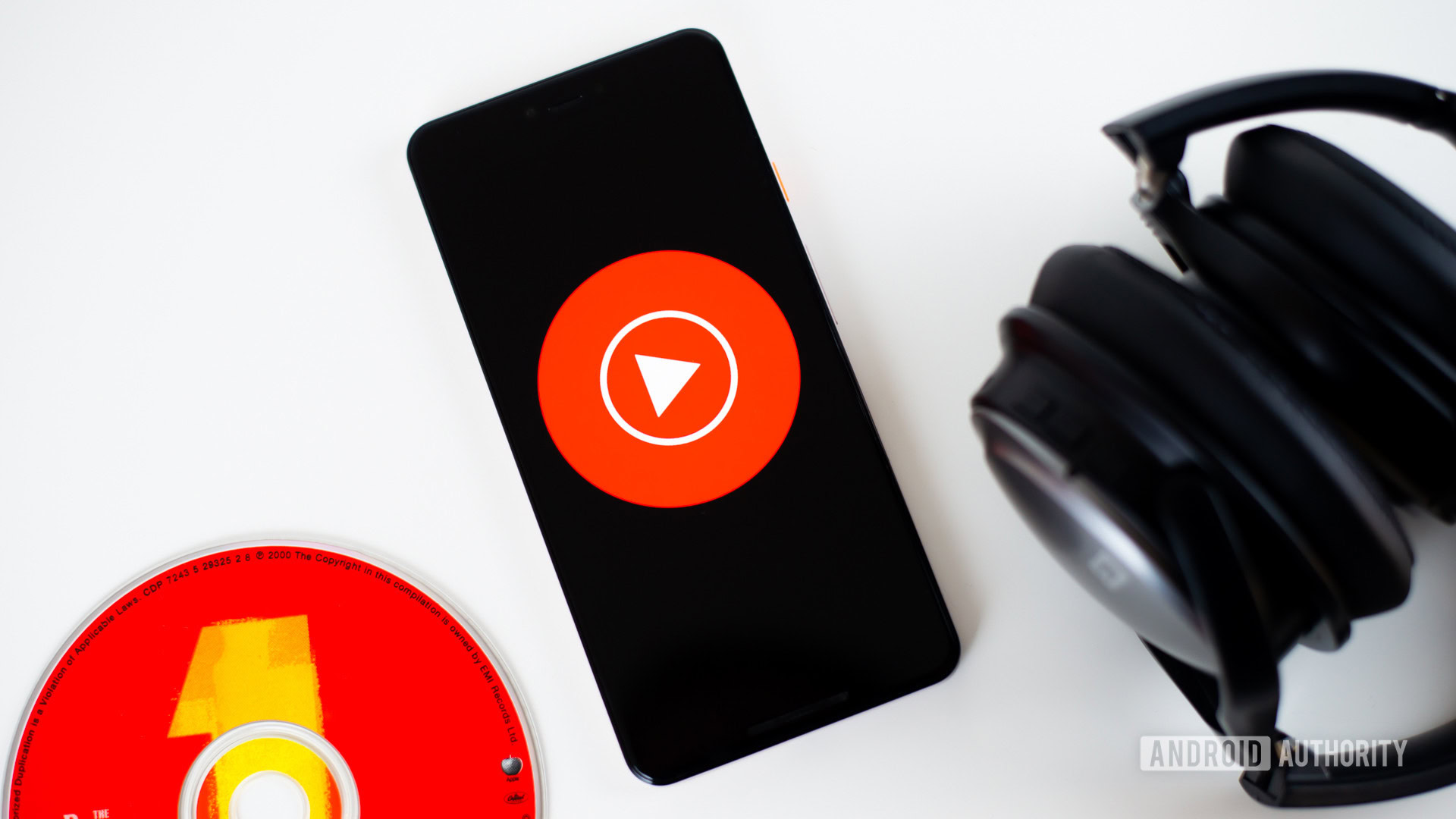
Edgar Cervantes / Android Authority
Google has a great way to backup your music to the cloud, then listen to it from any device. You can use YouTube Music, which allows you to upload up to 100,000 songs.
How to upload songs to YouTube Music:
- Open your browser and go to music.youtube.com.
- Click on your profile image in the top-right corner.
- Select Upload music.
- Pick the songs you want to upload and select Open.
- You can now play the songs from the YouTube Music app or website. Go to Library > Uploads.
If you’re using Android, Google services will always work best, but there are plenty of other music streaming apps that allow music backups.
Other files
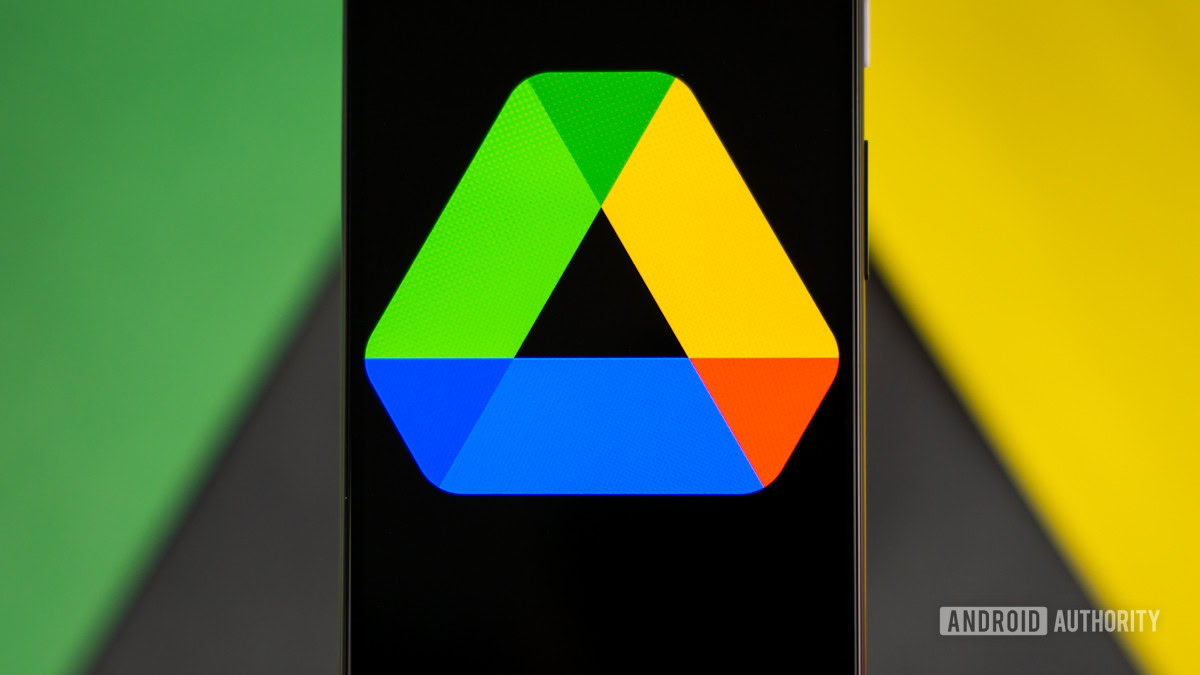
Edgar Cervantes / Android Authority
Google Drive lets you store your other files in the cloud, which means they’ll be accessible from any connected device. Google Drive actually syncs with Google One for full backups, which we’ll talk more about in the next section. That said, you can also manually upload files to Google Drive if you wish.
How to store your files in Google Drive:
- Download the Google Drive app, if you don’t have it already.
- In the app, press the + button.
- Press Upload.
- Select the file(s) you’d like to backup.
- That’s it!
Settings, apps, SMS, call history, and much more!
Google Drive and Photos fragment Google’s backup solutions, but things get much more seamless with all other essential data. Android’s native cloud backup solution can store settings, apps, SMS messages, and even your call history. This makes it easy to restore everything on a new phone.
How to backup Android to Google One:
- Open the Settings app on your Android phone.
- Tap on Google.
- Go into Backup.
- Toggle on Backup by Google One.
- You can also go into Google Account data and select other data you can sync. This includes the Calendar, Docs, Google Fit, Keep, etc.
- Go back to the main Backup settings.
- Tap on Back up now.
How to backup your Android phone with Amazon Photos, OneDrive, and others?
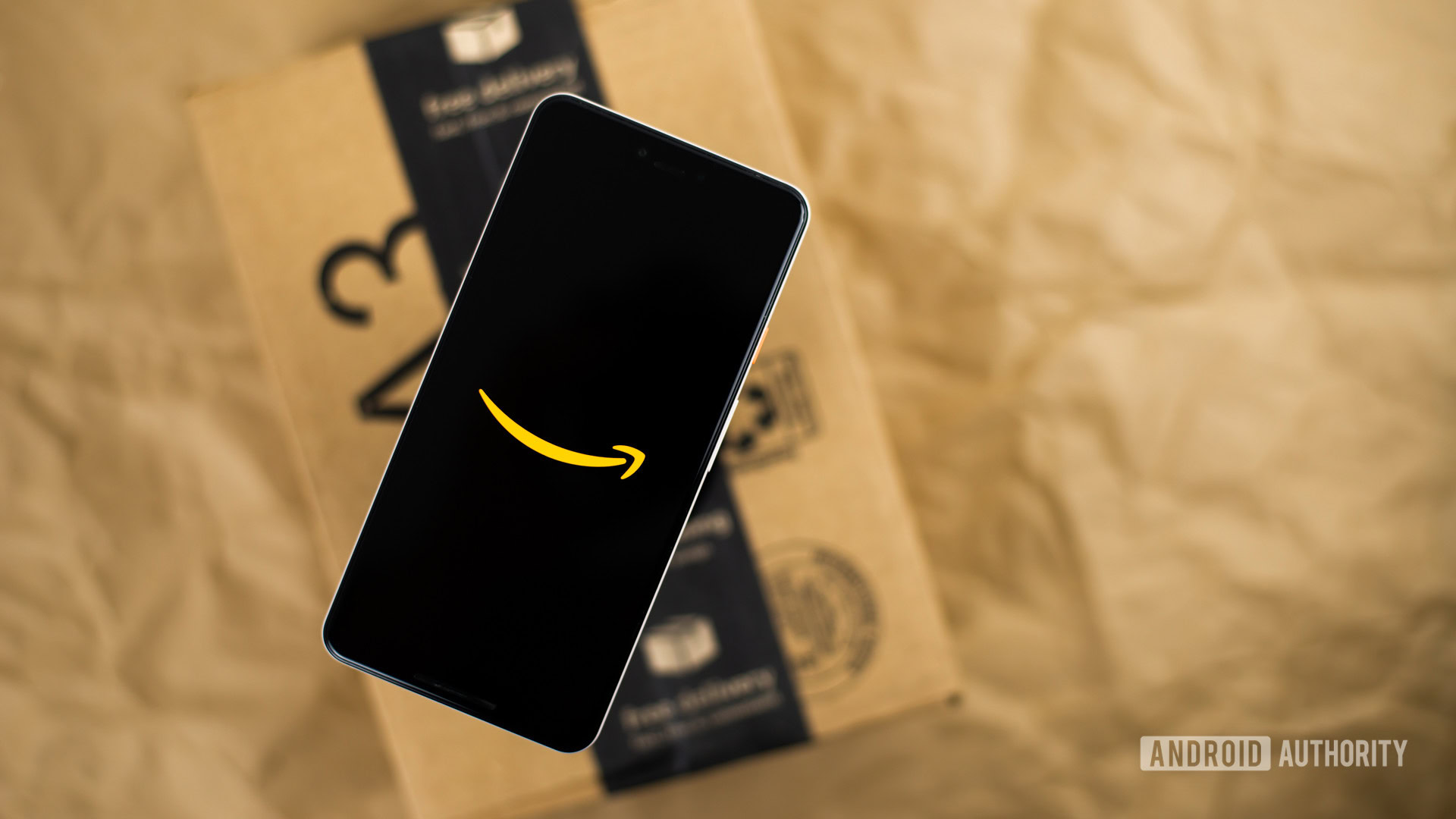
Edgar Cervantes / Android Authority
Cloud services are a dime and a dozen, and Google isn’t the only one offering oodles of storage. Microsoft’s OneDrive is a very competent alternative. If you subscribe to Office 365, the company tosses in 1TB of online storage.
Elsewhere, Amazon Photos offers unlimited photo storage plus 5GB of video storage with a Prime subscription. Meanwhile, 100GB storage is a mere $1.99/month or $19.99/year, making it an affordable, albeit not as tightly integrated alternative. There are plenty of other cloud storage solutions; check them out in our list of the overall best cloud storage services.
The biggest downside of straying from Google’s ecosystem is the effort required to ensure all your content is copied or synced. These aren’t as tightly integrated into Android, so they need a bit more work.
The process of using these apps is relatively simple. You have to download them and follow the instructions during the setup process.
Backing up to your computer
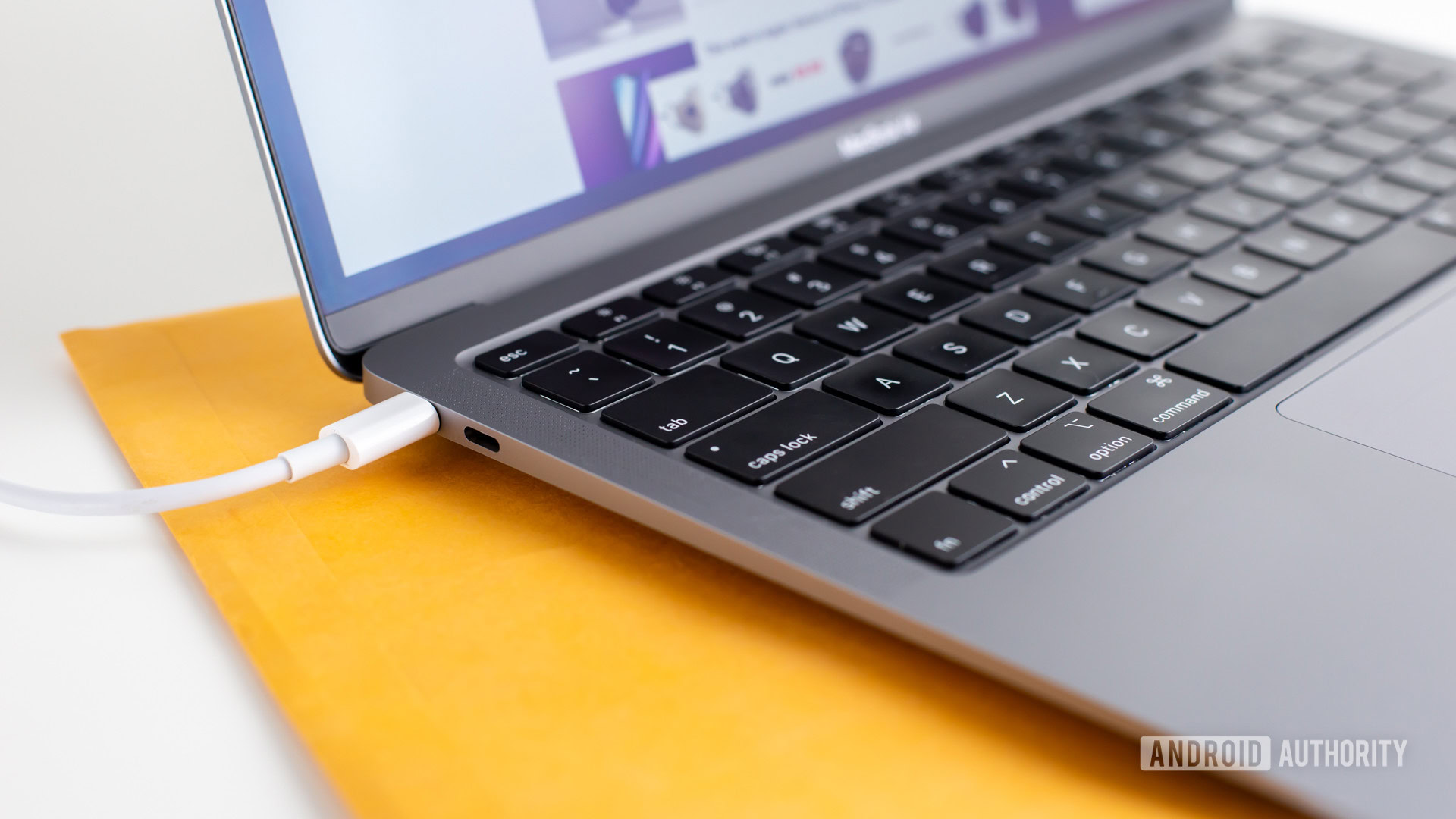
Edgar Cervantes / Android Authority
Manually transfer files to Windows
Sometimes it’s best to do everything yourself, manually. If you feel more comfortable moving all your files to your Windows computer, the process is super simple.
How to transfer files from Android to Windows:
- Plug your Android phone into your computer using a USB cable.
- On your Android phone, slide down the notification menu, and you should see an Android System message saying Charging this device via USB. Tap on it.
- Under Use USB for, select File transfer / Android Auto.
- On your Windows PC, open This PC in your folders or explorer.
- Look for your phone and double-click on it.
- Look for the files you want to transfer. Highlight them, right-click on them, and select Copy.
- Create a folder where you want to store your files and open it.
- Right-click on any empty space and select Paste.
Using Android File Transfer for Mac
Mac users will need to download and install the Android File Transfer app first.
How to backup your Android device to a computer:
- Plug your phone into your computer with your USB cable.
- On Windows, go to My Computer and open the phone’s storage.
- On Mac, open Android File Transfer.
- Drag the files you want to backup to a folder on your computer.
Yes, the Android File Transfer app is quite clunky and doesn’t always do the job. If manually copying over files is your preferred option, investing in a better app might be a good idea. Commander One is an excellent app that lets you do just that. Android Authority’s Palash Volvoikar gives us all the information on the best way to transfer files between Android phones and Macs.
Wireless sync with Syncthing
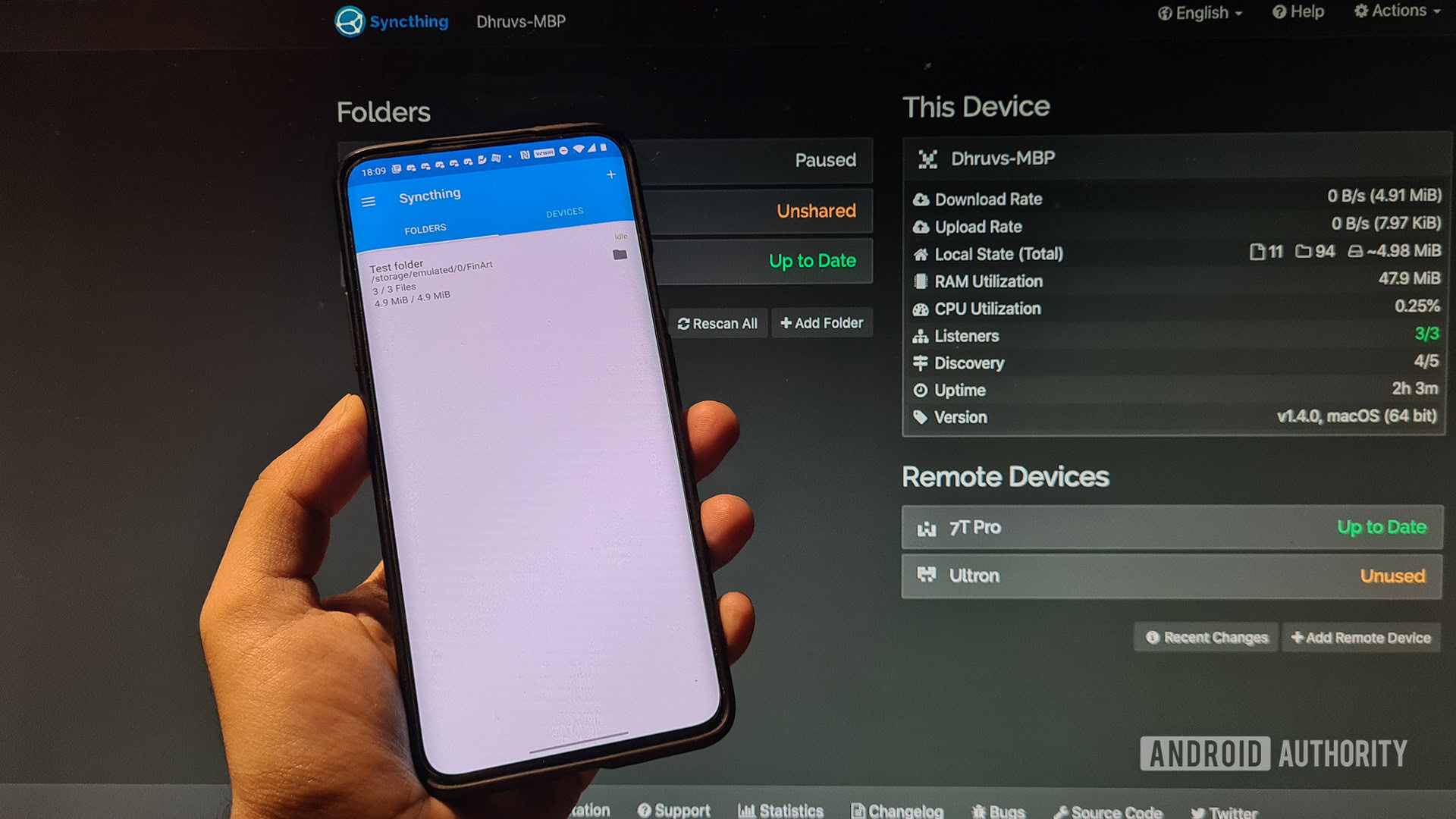
What if you could automatically backup all your images and files to your computer or NAS drive without connecting a cable? That’s where sync utilities come into action.
Syncthing is a great utility to ensure all your photographs and additional files are downloaded to the computer. The premise is simple; install an app on your phone and select a folder to keep an eye on constantly. Meanwhile, a client runs on your computer, allowing you to link up with your phone.
Now, whenever the app on the phone detects a change or file addition in a watched folder, it immediately sends over a copy to the computer. Simple and reliable. It just works. Of course, you can use it as a standard sync utility too, but I prefer to have all my files sent one way to the computer to have a copy available even if I delete something from my phone.
How do you set up Syncthing:
- Install the Syncthing app from the Play Store.
- Install the Syncthing app on your PC or Mac.
- Follow the instructions to set up Syncthing on both your Android device and your computer.
- You’ll need to create a connection between your Android device and your computer. On your PC, select Add Remote Device.
- On your Android phone, open Syncthing and tap on the three-line menu button. Hit Show device ID.
- Enter the device ID on your computer, name the device, and select Save.
- Go to the Windows Syncthing app and hit Actions. Then choose Show ID.
- On your phone app, tap on the Devices tab. Then select the + icon. Enter the Device ID from your computer and tap on the checkmark.
- On your phone, go back to the Folders tab. Select the folder you want to share or create a new one and move files to it. When done, go into the folder and toggle on your PC.
- Go back to Syncthing on Windows, and you should see a request to sync the folder. Select Add and hit Save.
- The folder should sync. Now you can go wherever you’re syncing your Syncthing files, and everything will be there!
Other options to backup Android phone
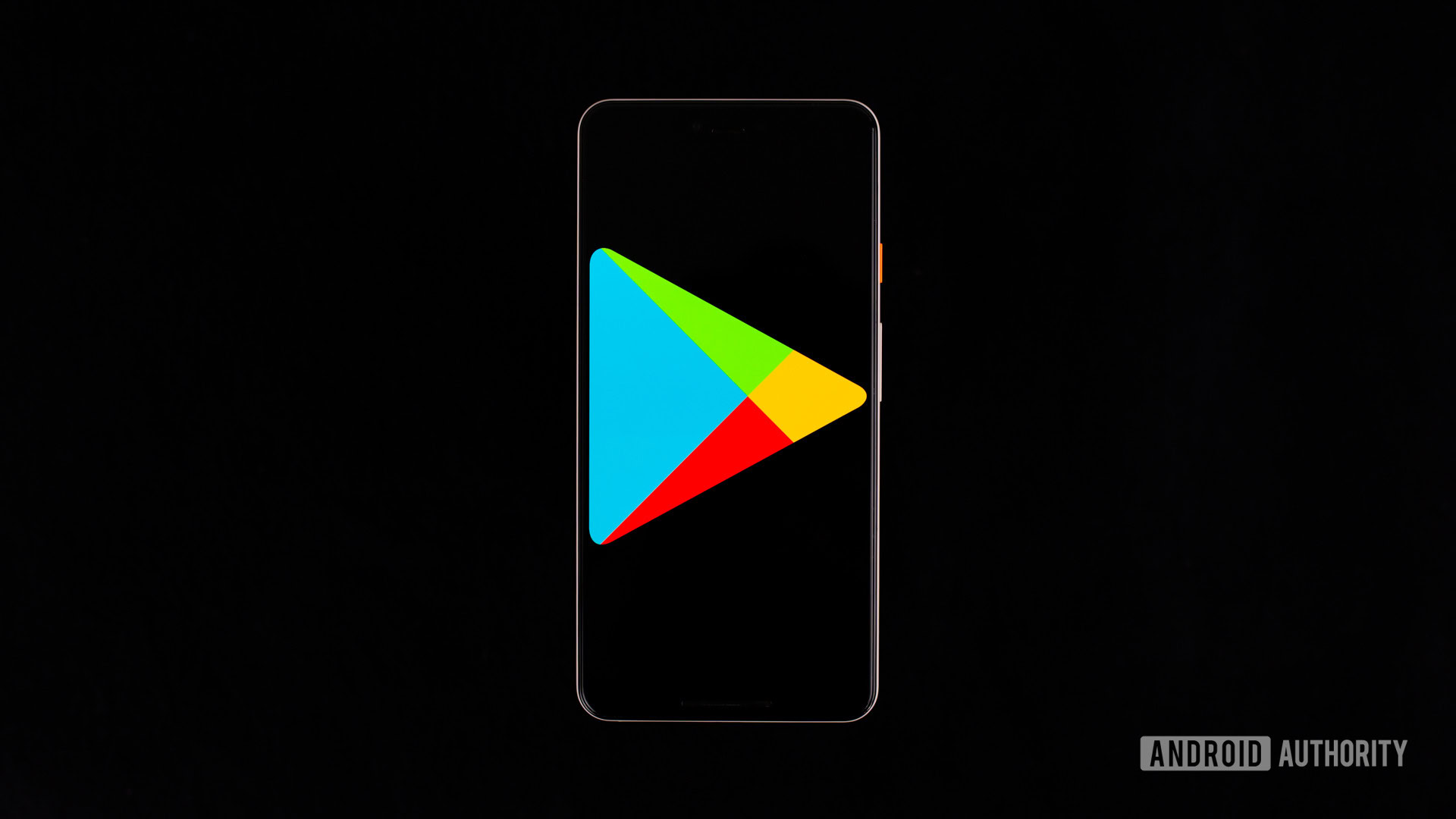
Edgar Cervantes / Android Authority
Google’s services are excellent, but if you’re looking for a more comprehensive solution that backs up everything at once, you might need to use a third-party app.
There are many great apps for backing up your data, and one of the best is Super Backup & Restore. It allows you to backup individual items on your phone, such as apps, contacts, SMS, calendars, voice calls, and more. Users can define where the backups go for easy locating later, and you can also schedule automatic backups along with backing up to cloud storage.
How to backup Android using Super Backup & Restore:
- Download Super Backup & Restore.
- Select the path you want to backup your files to. This could be an SD card, or you can backup to your internal storage and transfer the files wherever you want. You can also use the Cloud Backup function in the main menu.
- You will see a list of item categories that you can backup (Pictures, Apps, etc.).
- Select the individual items you’d like to include in your backup.
- Tap on Backup or Backup all for every selection.
FAQs
Yes, it does. The only exception is with YouTube Music uploads, which has its own limit of 100,000 songs.
Backing up to any cloud service will probably be the easiest method, but it may come with some storage limitations, which can be a problem if you have a lot of phone files. Additionally, you’ll need plenty of data to upload all your files. Those who like keeping control of their files locally might prefer backing up to a PC or an external hard drive.

